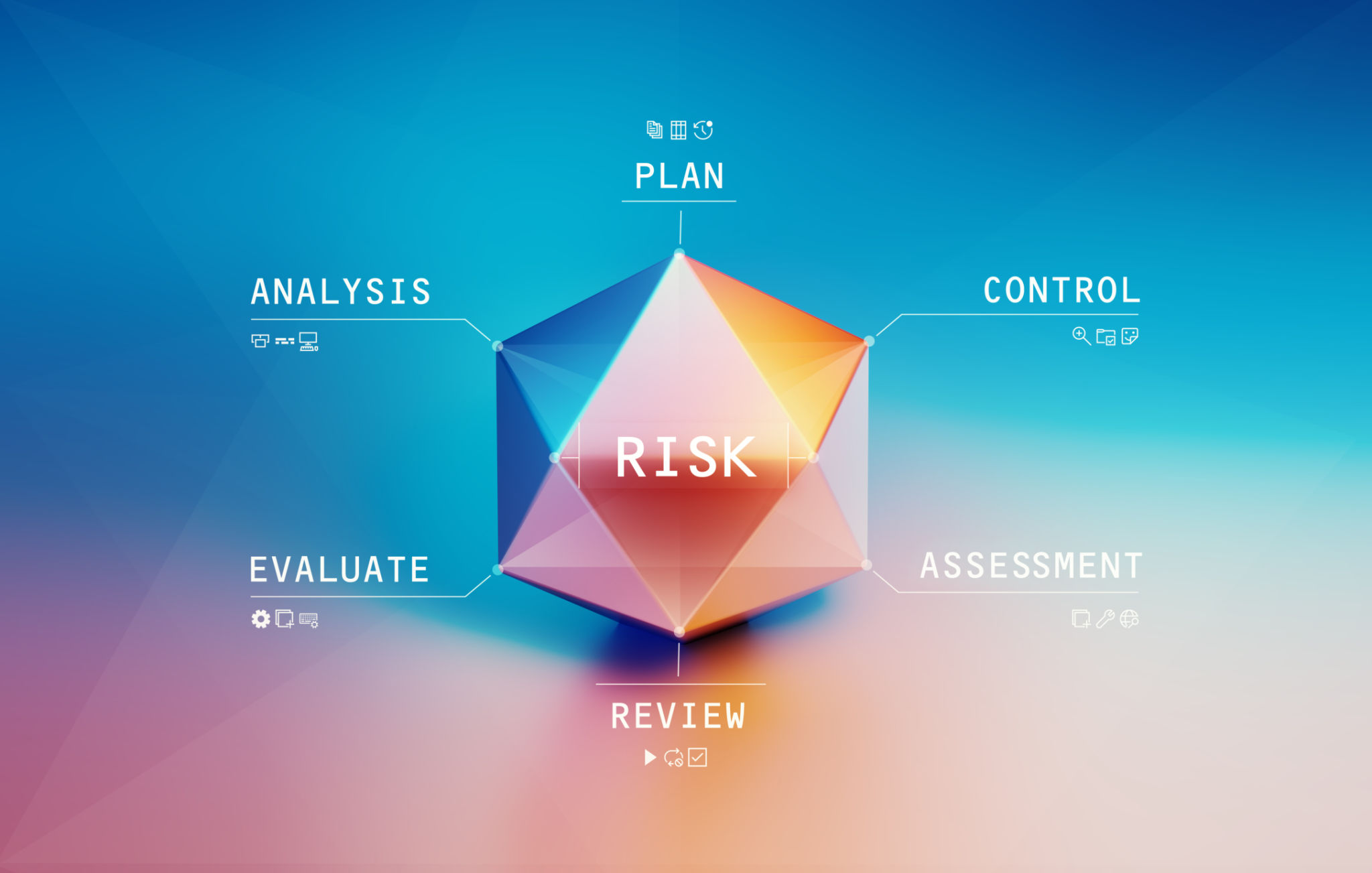Market Analysis for Startups: How to Identify Opportunities and Risks
Understanding Market Analysis
Market analysis is a crucial step for startups aiming to carve out a niche in their respective industries. It involves assessing the dynamics within a market to identify opportunities and risks. Understanding these factors can help startups make informed decisions, optimize their strategies, and ultimately achieve success. Market analysis can be broken down into several key components, each offering valuable insights into the market landscape.
A comprehensive market analysis typically includes studying market trends, customer needs, competition, and economic indicators. Startups must gather and analyze data to understand the current state of the market and forecast future trends. By doing so, they can identify potential opportunities for growth and development. 
Identifying Opportunities
Opportunities in the market can arise from various sources, including emerging trends, technological advancements, or changes in consumer behavior. Startups should focus on identifying unmet needs within their target audience and exploring how their products or services can address these gaps. Additionally, understanding geographical or demographic trends can uncover untapped markets that may be ripe for exploration.
One effective way to identify opportunities is through SWOT analysis, which evaluates a company's strengths, weaknesses, opportunities, and threats. By leveraging internal strengths and minimizing weaknesses, startups can better position themselves to capitalize on market opportunities.
Assessing Risks
While identifying opportunities is essential, startups must also be aware of potential risks that could hinder their progress. These risks may include increased competition, regulatory changes, or shifts in consumer preferences. Conducting a thorough risk assessment allows startups to develop strategies to mitigate these challenges.
Market analysis should include an examination of barriers to entry and potential threats from substitutes or new entrants. By understanding these risks, startups can develop contingency plans and create a more resilient business model. 
Conducting Competitive Analysis
Competitive analysis is a key component of market analysis. It involves studying competitors to understand their strengths, weaknesses, and strategies. By doing so, startups can identify areas where they can differentiate themselves and gain a competitive edge.
Startups should analyze competitors' product offerings, pricing strategies, marketing tactics, and customer reviews. This information can provide insights into what works well in the market and what can be improved upon. Gaining a deep understanding of the competitive landscape helps startups position themselves strategically.
Utilizing Market Research Tools
There are numerous tools and resources available for conducting market analysis. These include online databases, industry reports, and customer surveys. Utilizing these tools can help startups gather valuable data and insights into market trends and consumer behavior.
Moreover, leveraging data analytics and business intelligence platforms can enhance the accuracy and depth of market analysis. These tools allow startups to process large datasets efficiently, providing them with actionable insights that drive decision-making. 
Conclusion
Market analysis is an indispensable part of a startup's strategic planning process. By identifying opportunities and assessing risks, startups can make informed decisions that enhance their chances of success. Continuously monitoring the market landscape ensures that startups remain agile and responsive to changes, positioning them for long-term growth.
